Difference Between Pitching And Chipping
Dan Grieve, Head Pro at Woburn Golf Club, offers his expert advice to help you improve your short game
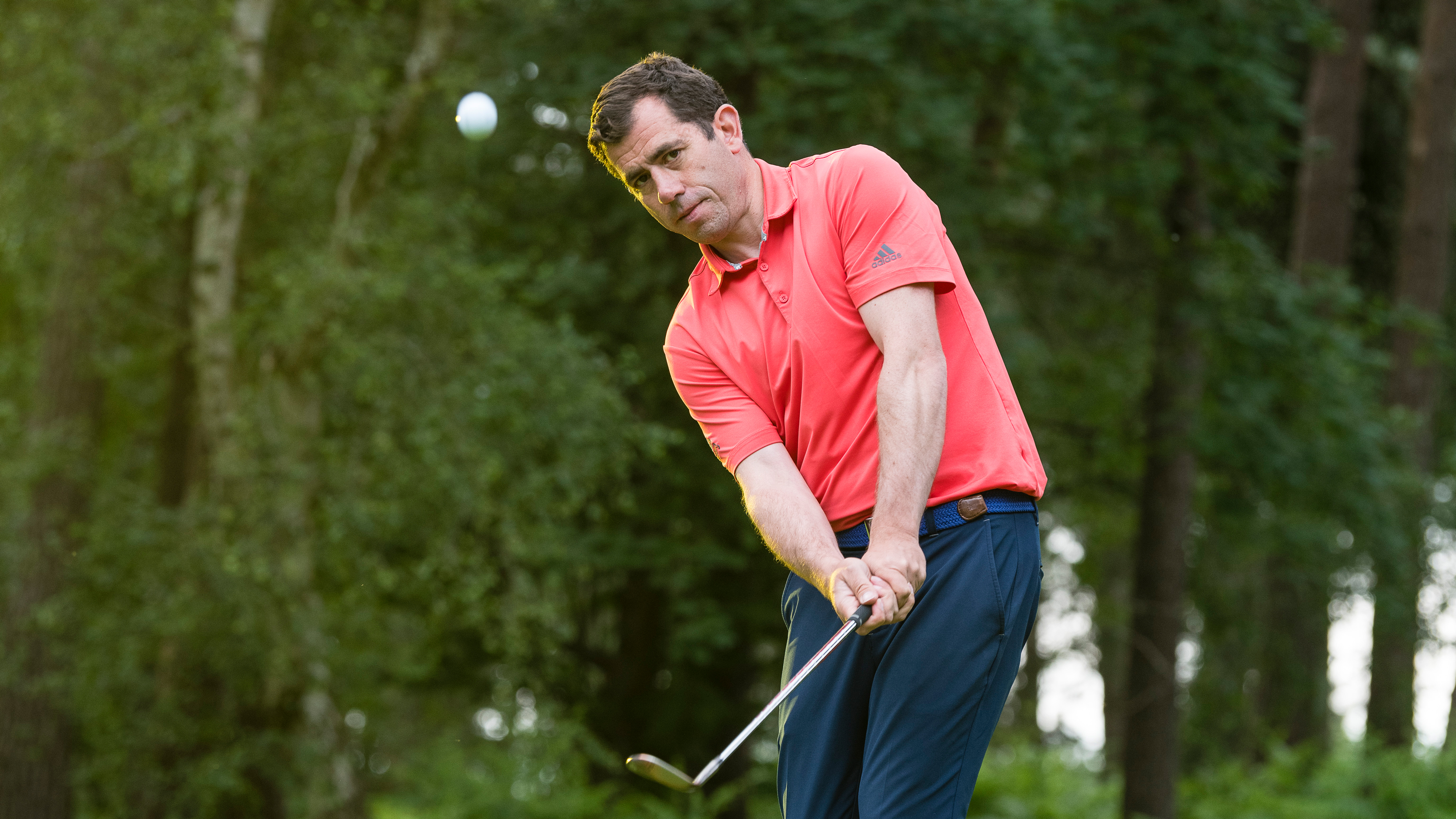
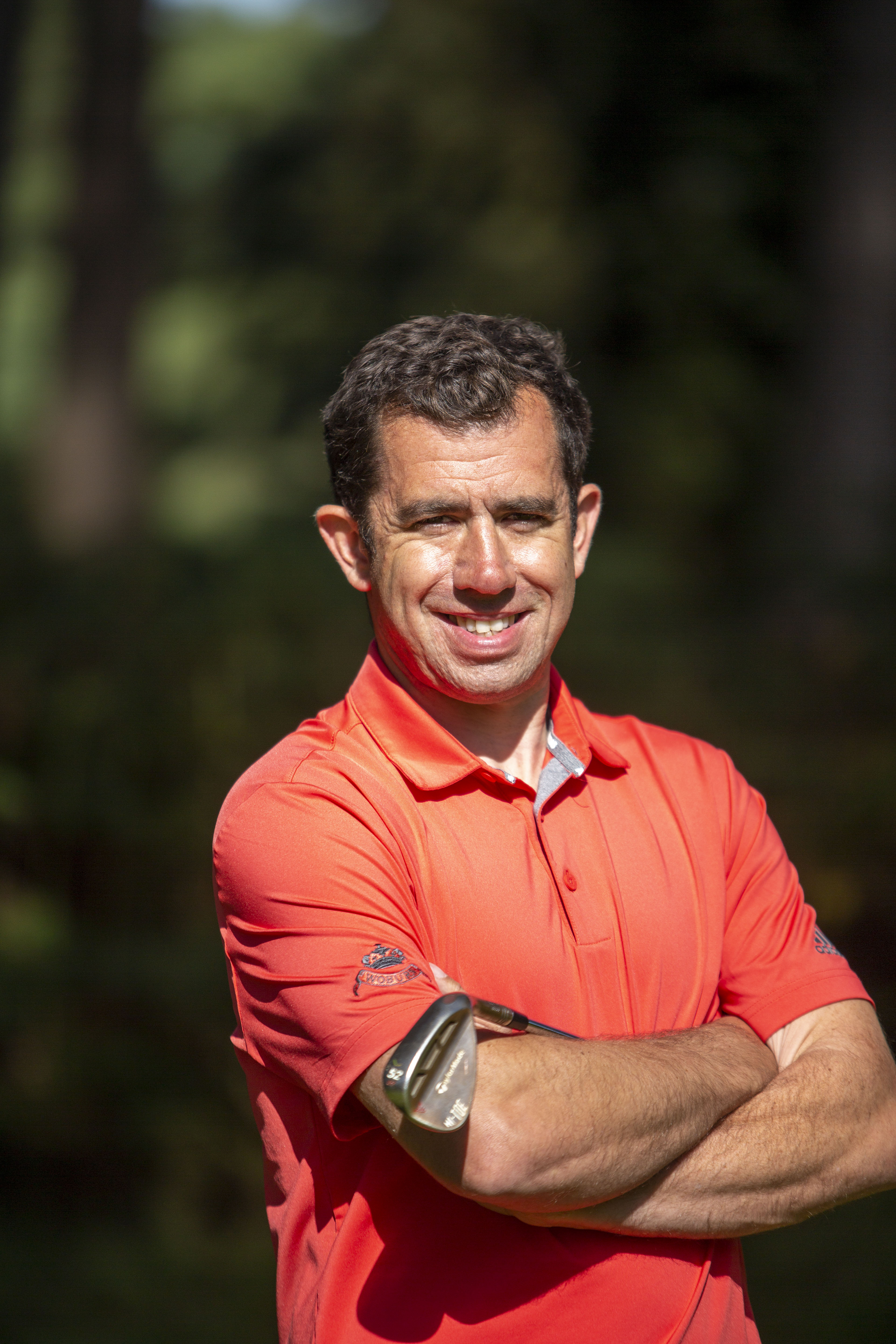
Golf Monthly created this content as part of a paid partnership with TaylorMade. The contents of this article are entirely independent and solely reflect the editorial opinion of Golf Monthly.
Difference Between Pitching And Chipping
The difference between pitching and chipping is often misunderstood. To help you understand, we've enlisted the help of PGA pro Dan Grieve, who shares his expert advice in the video and article below.
Generally, chipping is when you want to get the ball on the ground as soon as possible and running towards the hole - so it spends more time on the ground than it does in the air.
Pitching is the opposite - where the ball spends more time in the air than it does on the ground. Importantly, however, they are both part of the short game family of shots. With a pitch, because of the additional speed created by your wrist hinge, you'll naturally spin the golf ball slightly more.
Chipping
For a shot where the pin is only about 15-20 yards away, you want to be chipping the ball, landing it on the front of the green and letting it run out. Use your standard chip and run action - there should be very little wrist action with the ball staying low and running towards the flag - as you'll be able to see if you watch the video with this article.
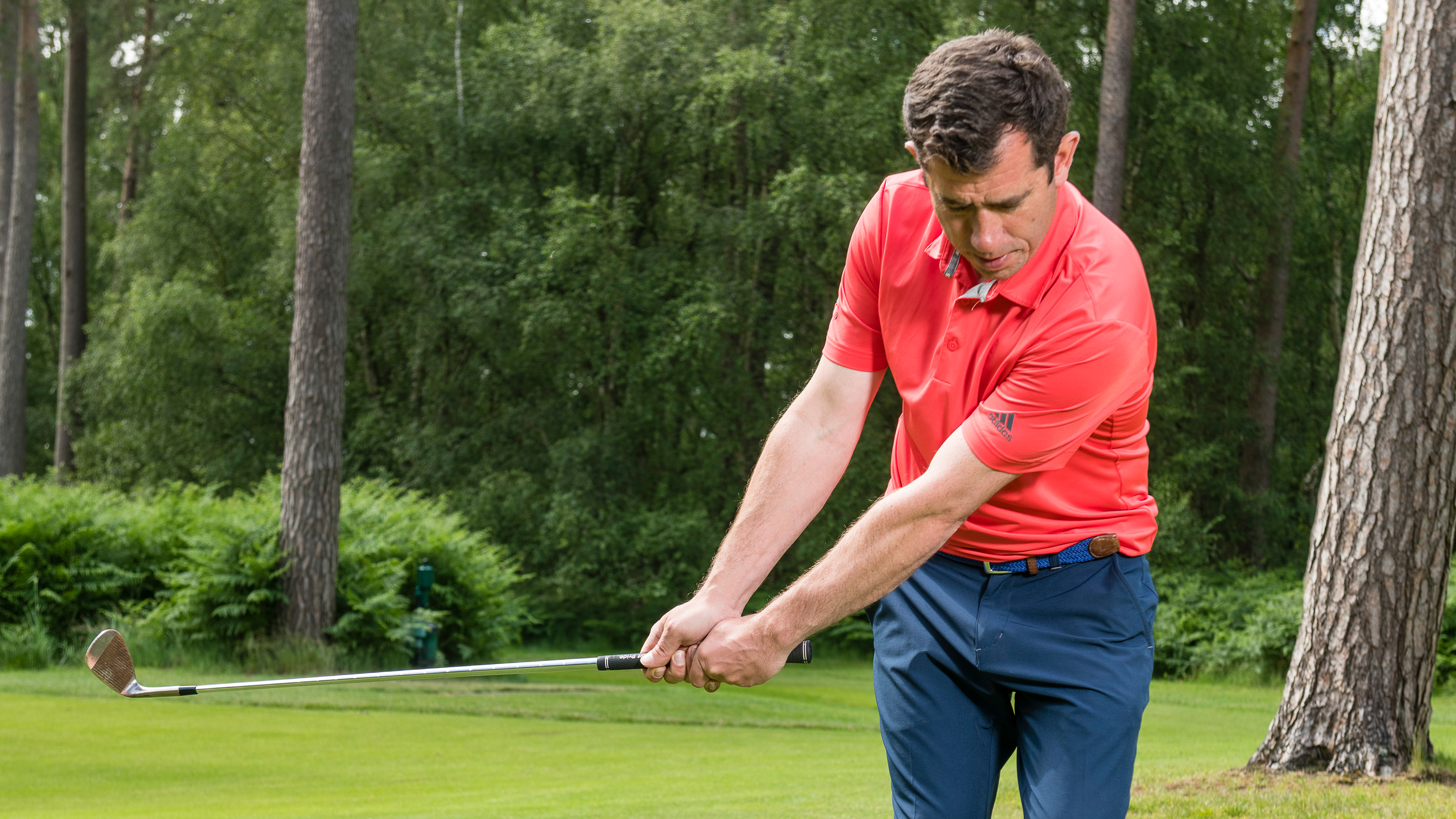
It's important to keep the wrists quite quiet when hitting a chip shot
Such a technique limits you to around 20-25 yards, so anything longer and you will need to adopt more of a pitching technique, as expanded upon below.
Pitching
Learning how to hit a pitch shot is vital if you want to improve your scoring, and one of the keys is how you use your wrists. When pitching, much more wrist action is required to create the speed you need for the ball to travel a greater distance in the air. Don’t add too much wrist hinge, however, as that will lead to inconsistency.
Get the Golf Monthly Newsletter
Subscribe to the Golf Monthly newsletter to stay up to date with all the latest tour news, equipment news, reviews, head-to-heads and buyer’s guides from our team of experienced experts.
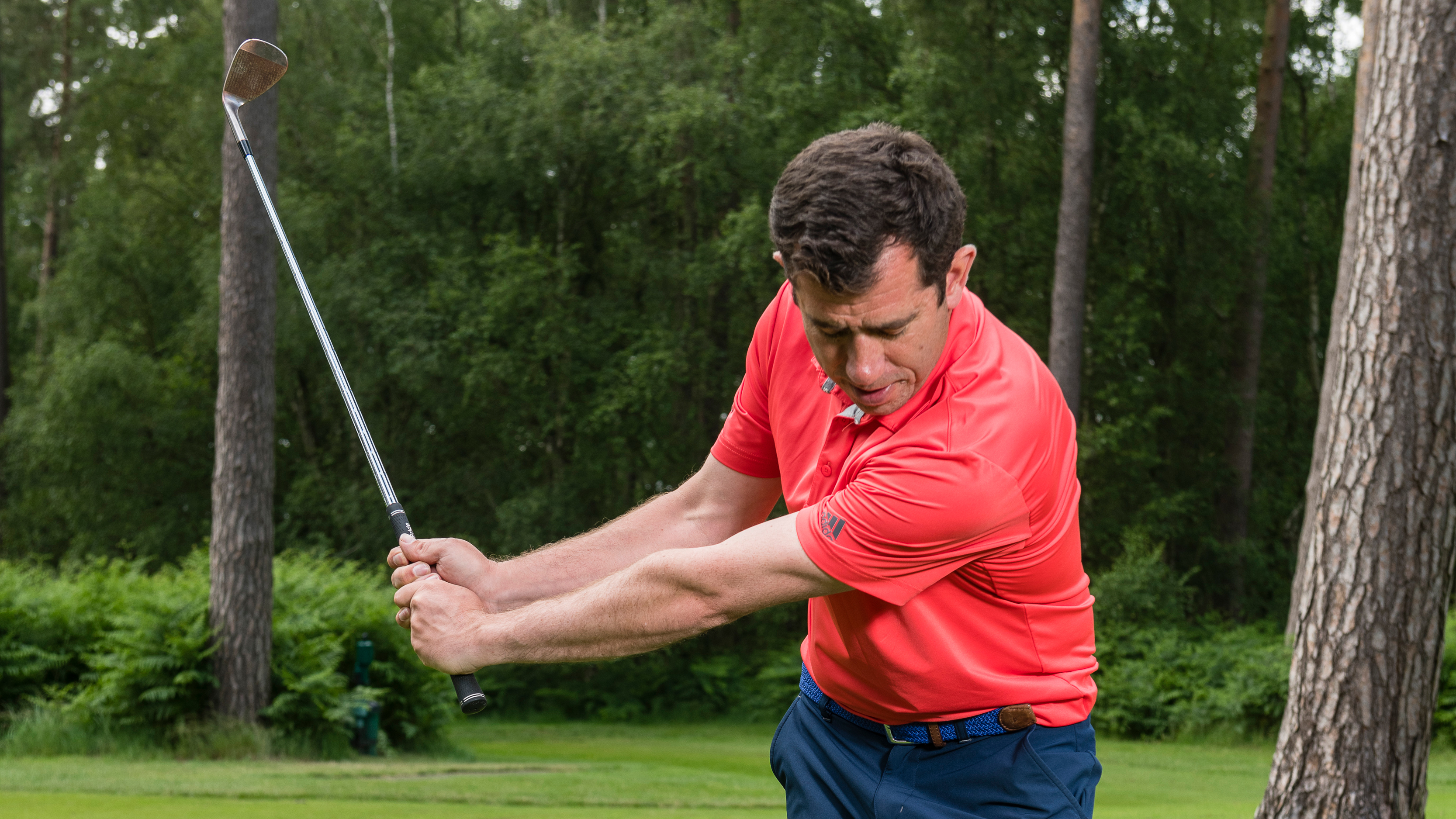
More wrist hinge will allow you to generate the extra speed required to hit a pitch shot
Ideally, you want to create an angle of around 90 degrees between your arms and the club, as Dan demonstrates. That will allow you to generate speed while retaining control of strike and trajectory.
Left side pivot
Chipping and pitching are both in the short game family and require you to keep a left-side pivot and rotate the body. As demonstrated in the video above, the key difference between the two is how you use your wrists - whether you leave them out of it, or bring a little more hinge in to get the ball to carry that little bit further.
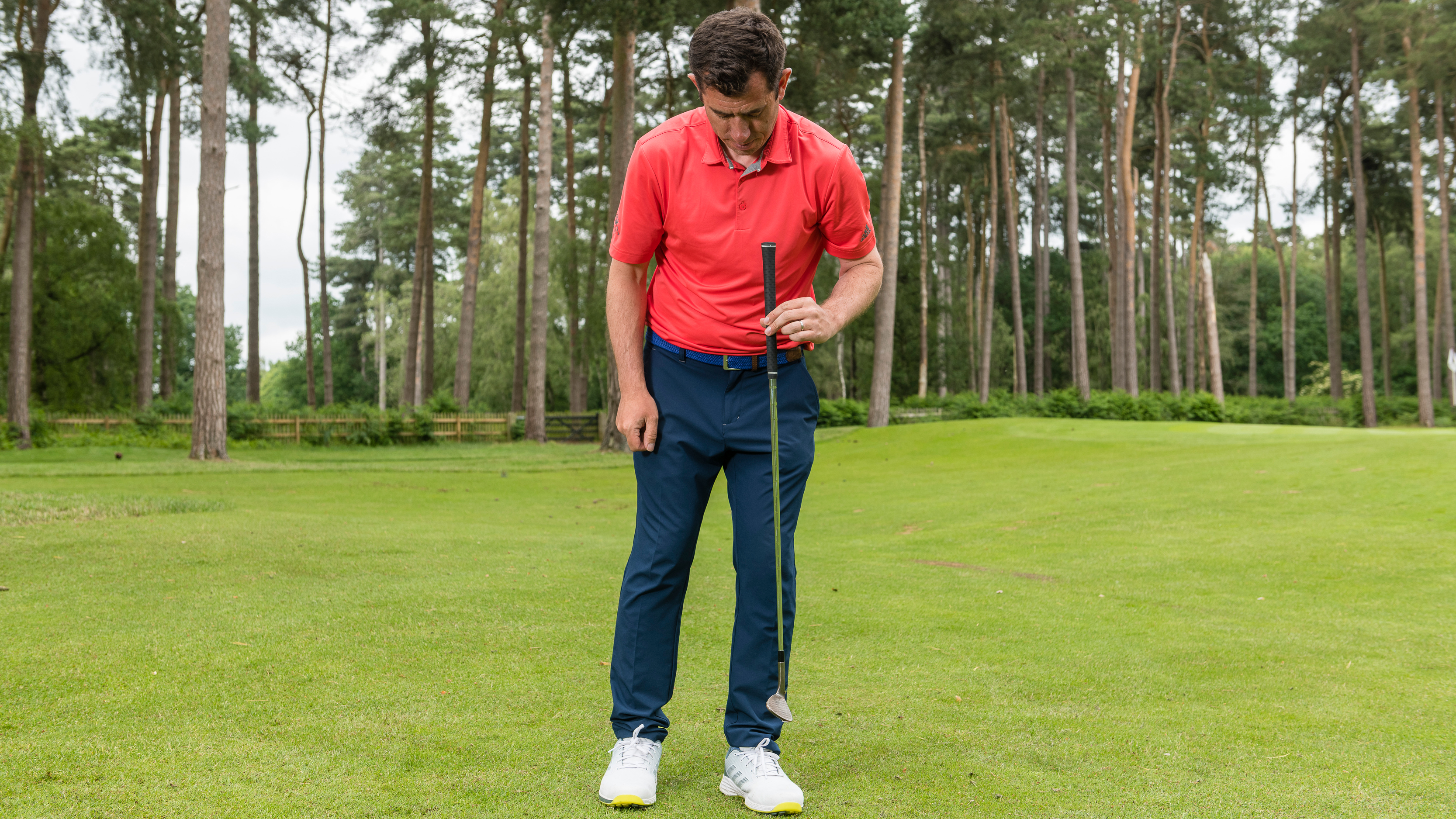
Keeping the weight on your lead side and pivoting around that will improve your consistency
Crucially, try to keep the other elements of the short game technique consistent and you should see better results whether you're pitching or chipping.

Location: Woburn GC
Dan is one of the leading coaches in the UK, a Fellow of the PGA and a short-game virtuoso. He has had considerable success with a collection of tour pros, helping them to Order of Merit titles and major victories, and his Short Game School is the most attended in the UK. His students, past and present, include Charley Hull, Georgia Hall, Inci Mehmet and Iona Stephen.
Most common problem:
Swing – over the top , help by getting the basics correct at address and making them aware how to get the club online coming down.
Short game – creating spin and feel around the greens, help by educating on what the short game actually is (weak on purpose) and understand bounce and how they can apply it to different lies/situations.
Greatest success story:
Helping Georgia Hall from World No. 450 to No. 6 and winning a Major, two Order of Merits and Solheim Cup appearances.
Greatest teacher:
Alex Hay was a great influence during my first few years at Woburn. In sport more generally Sir Clive Woodward has taught me how to deliver at the highest level.
Most common fault:
Flipped right hand (hands behind the ball). Understand a correct coil/load going back and how to sequence better coming down so the chest opens up and gives the arms space to deliver a stronger impact. Lots of body action drills to enhance the feel, with and without the ball.
-
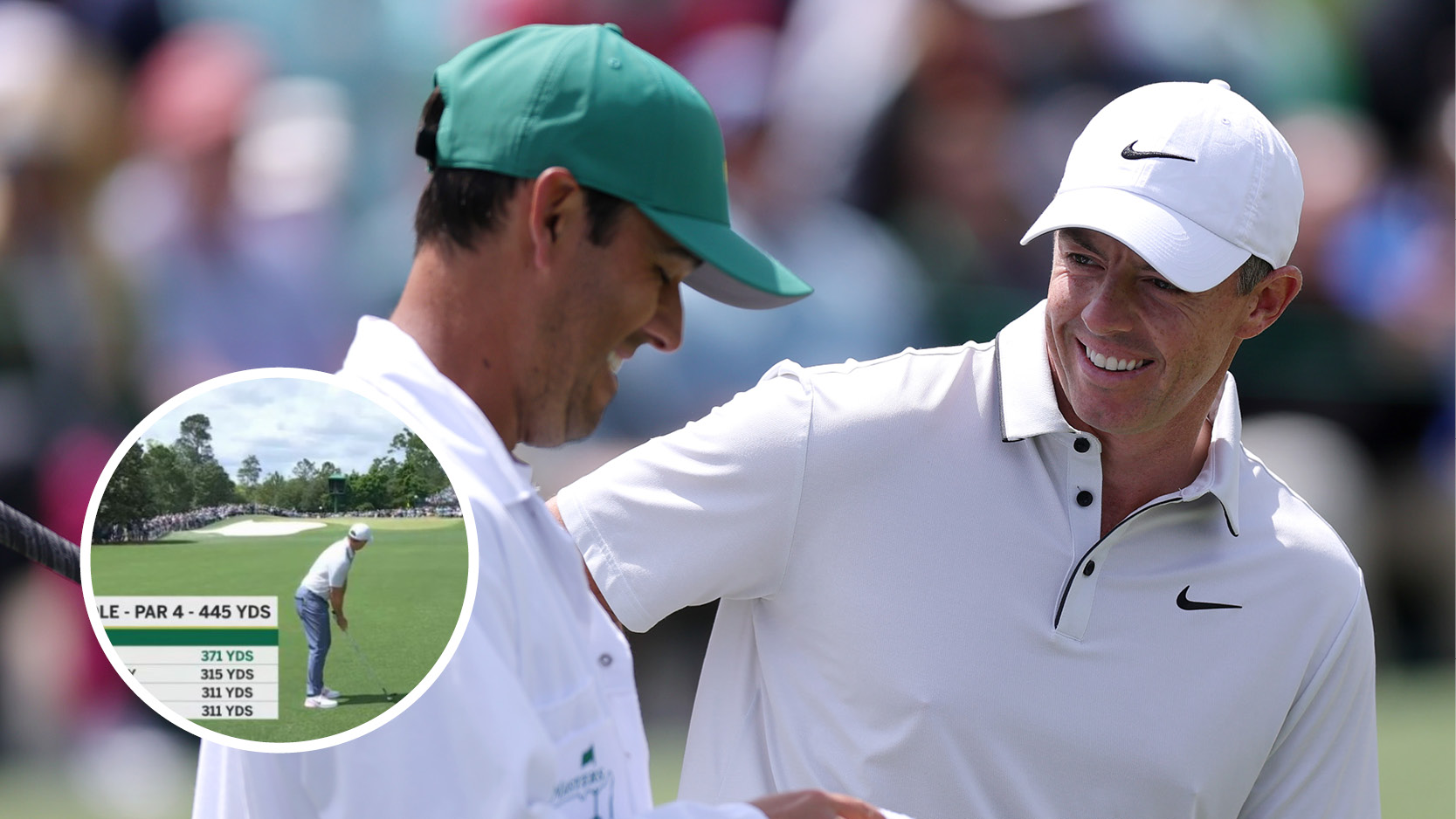 Rory McIlroy Fires Back-To-Back 370-Yard Monster Drives In Birdie-Eagle-Birdie Start To Lead The Masters
Rory McIlroy Fires Back-To-Back 370-Yard Monster Drives In Birdie-Eagle-Birdie Start To Lead The MastersIt's safe to say that the four-time Major winner was full of adrenaline at the start of his third round, with McIlroy pounding two drives that measured a total of 740-yards
By Matt Cradock Published
-
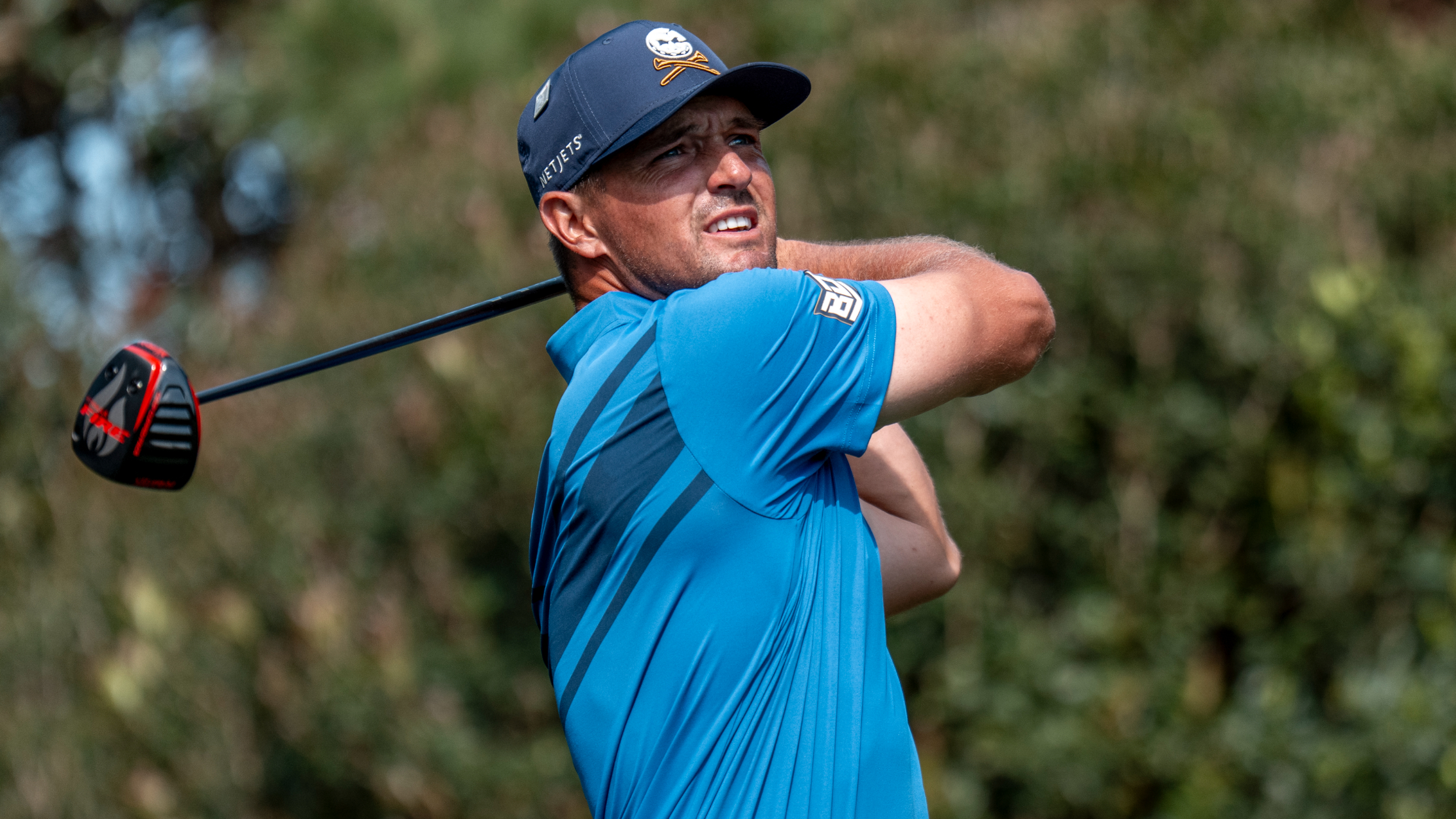 Who Is On Bryson DeChambeau’s Team? Coach, Caddie, Manager And More
Who Is On Bryson DeChambeau’s Team? Coach, Caddie, Manager And MoreBryson DeChambeau is one of the most high-profile and successful players of his era, but who are the team members helping to guide his career?
By Mike Hall Published